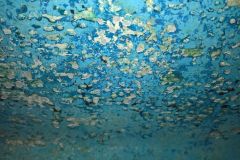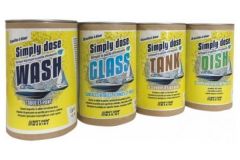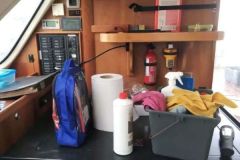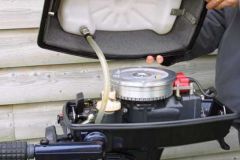The risks of electrolysis on a boat
The contact between 2 parts with different electrical potential favors electrolysis and creates big damages on our mechanical parts. In the long run, electrolysis welds the 2 parts and makes disassembly impossible. On a boat, we think of the aluminum mast that receives rivets or stainless steel fittings. But also the winch bases when they are made of bronze, fixed by stainless steel screws. We can also find carbon which must be insulated. Balcony, stanchion, shackle... Many are the accessories in different materials that we use on a boat.
An electrically insulating and durable gel
The strength of Tef-Gel is that it does not dry out. You can leave a jar of Tef-Gel open and come back several months later, it won't have changed. It does not dry out. However, products that dry out end up cracking, making it easier to create the electrical bridge.
Tef-Gel is a very economical product. You need to use very little. Whatever its packaging, it comes with a brush. It is used to apply the product inside the hole to be protected, and on the screw or the rivet which will come inside. Do not put too much, because if it comes to drool outside, dirt, grime will quickly come to stick on it. It is thus necessary to clean the perimeter well at the end of the intervention. This product is water resistant. White Spirit should be used to clean the site and the tools.
Wherever you want to easily reassemble a part, wherever different materials meet, Tef-Gel is the solution for good protection.
This product is available in syringes of 2 sizes or even in larger jars for professionals. Economical, it does not require large containers.









